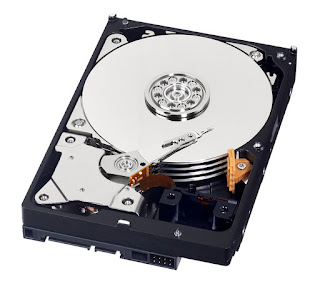Computer T
How do I remove a computer hard drive? Removing the hard drive from the computer is a relatively straight forward process. However, before you start working inside of the computer, you need to be aware of ESD as it could damage hardware components. To reduce, or eliminate, this electrical charge risk, you should wear an anti-static wrist strap . In the following sections, you'll see the steps required for removing most computer hard drives. Open your machine........ First, you need to remove the side panel from the computer case. The side panel is usually held in place by several screws, or it may be held in place with a bracket or clamp of some kind. Remove the fasteners securing the side panel, and carefully pull it off. Once the panel has been removed, you should be able to see the inside of the computer. The next step is to locate the hard drive inside the case. In most computer cases, it's located towards the front at the bottom of the case, as indicated in t
